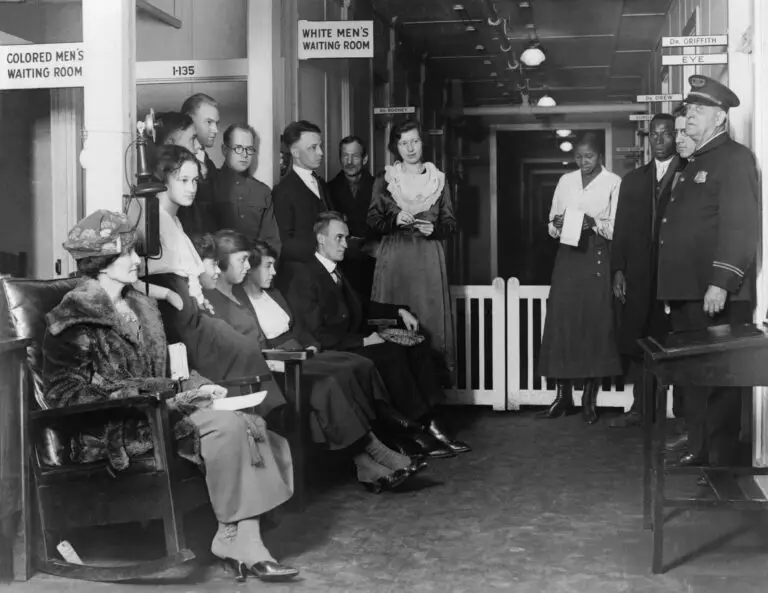Jim Crow Laws

Table of Contents
What were Jim Crow Laws?
Jim Crow laws were a system of state and local laws in the United States that enforced racial segregation and discrimination against African Americans and, in some cases, other non-white groups.
These laws were in effect from the late 19th century into the mid-20th century and were designed to maintain racial hierarchy and white supremacy in the Southern states. The term “Jim Crow” is often used to describe not only the laws but the entire racial segregation system and its associated norms and customs.
Impact of Jim Crow Laws
Jim Crow Laws were state and local laws in the United States, primarily in the Southern states, that enforced racial segregation in the late 19th and early 20th centuries.
These laws were named after a minstrel character that perpetuated racial stereotypes, and they aimed to maintain white supremacy and limit the rights of African Americans.
The Jim Crow era began in the 1870s and lasted until the mid-20th century, reaching its peak in the late 19th and early 20th centuries.
Segregation laws mandated the separation of public facilities, schools, transportation, and other services based on race, with “separate but equal” being the legal justification.
The U.S. Supreme Court case Plessy v. Ferguson (1896) upheld the constitutionality of racial segregation under the “separate but equal” doctrine, allowing states to maintain segregated facilities.
Despite the promise of equality, facilities designated for African Americans were consistently underfunded and inferior to those provided for whites.
Jim Crow Laws also extended to voting restrictions, such as literacy tests, poll taxes, and grandfather clauses, disenfranchising African American voters.
Lynchings and racially motivated violence were prevalent during the Jim Crow era, as a means of enforcing social control and intimidating African Americans who challenged the status quo.
The Civil Rights Act of 1964 and the Voting Rights Act of 1965 were landmark pieces of legislation that aimed to dismantle Jim Crow Laws and eliminate racial discrimination.
The legacy of Jim Crow Laws continues to impact American society, with ongoing efforts to address systemic racism and promote equal rights for all citizens
Related Links
Abolitionism
Civil Rights Movement
Emancipation Proclamation
Underground Railroad